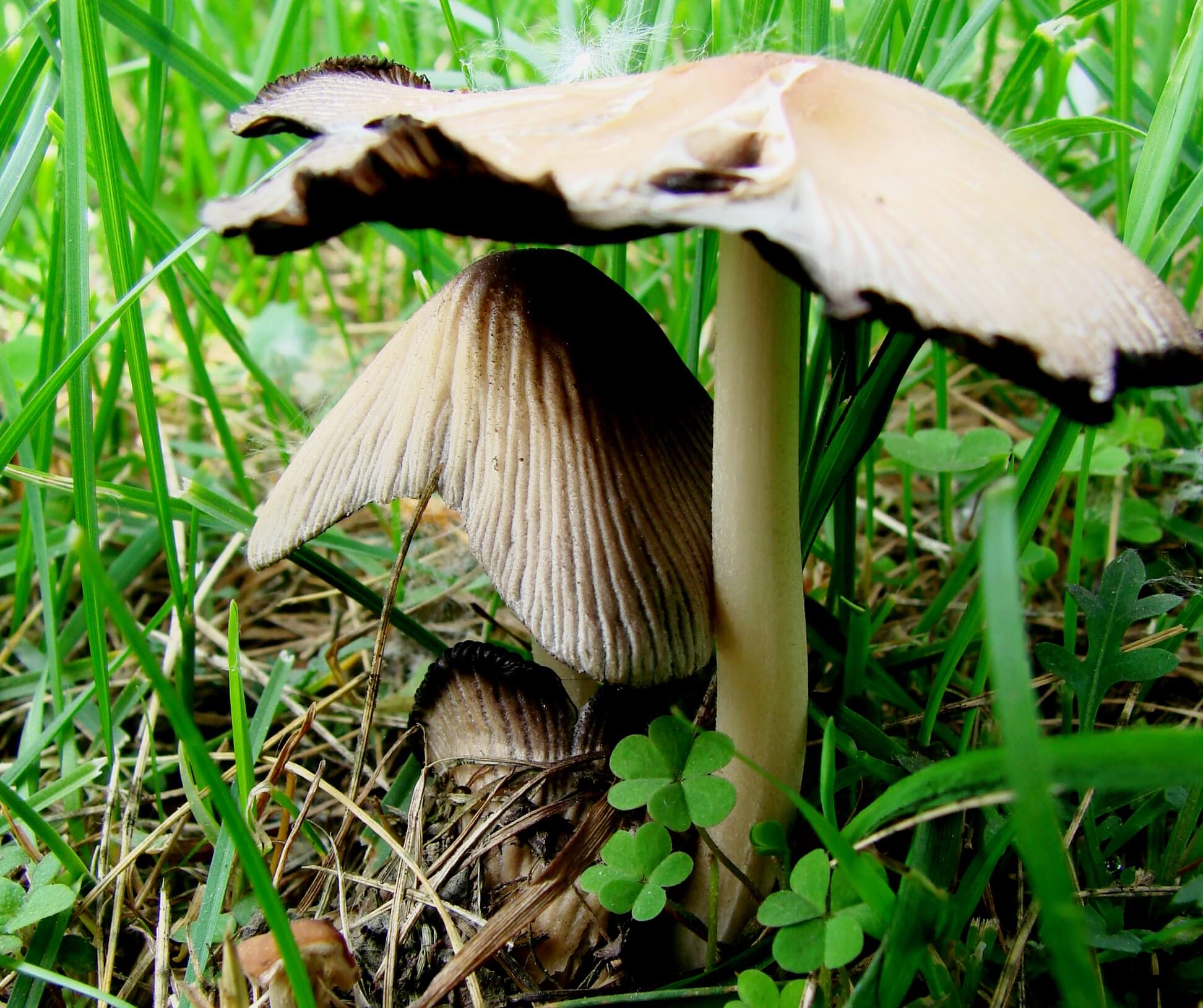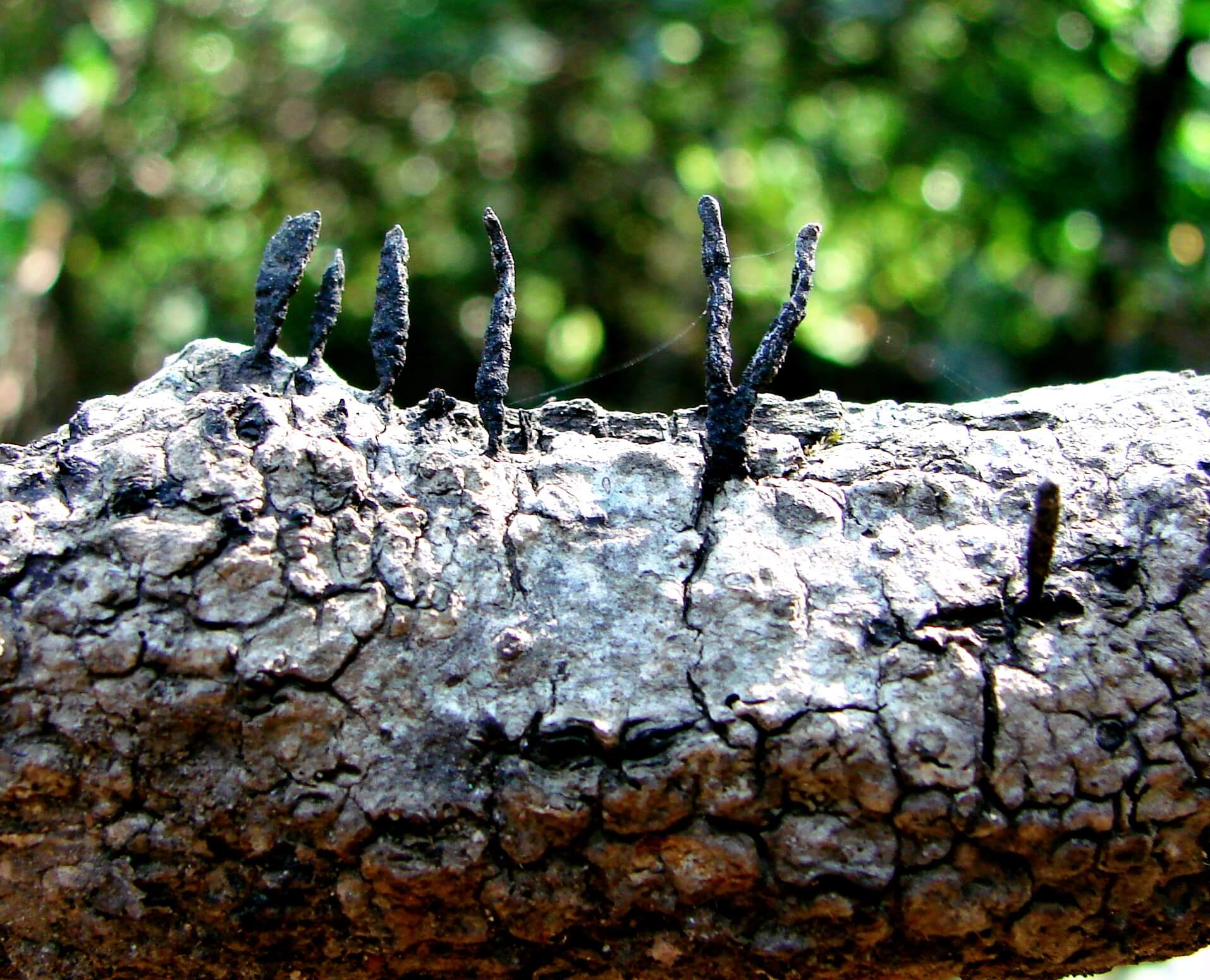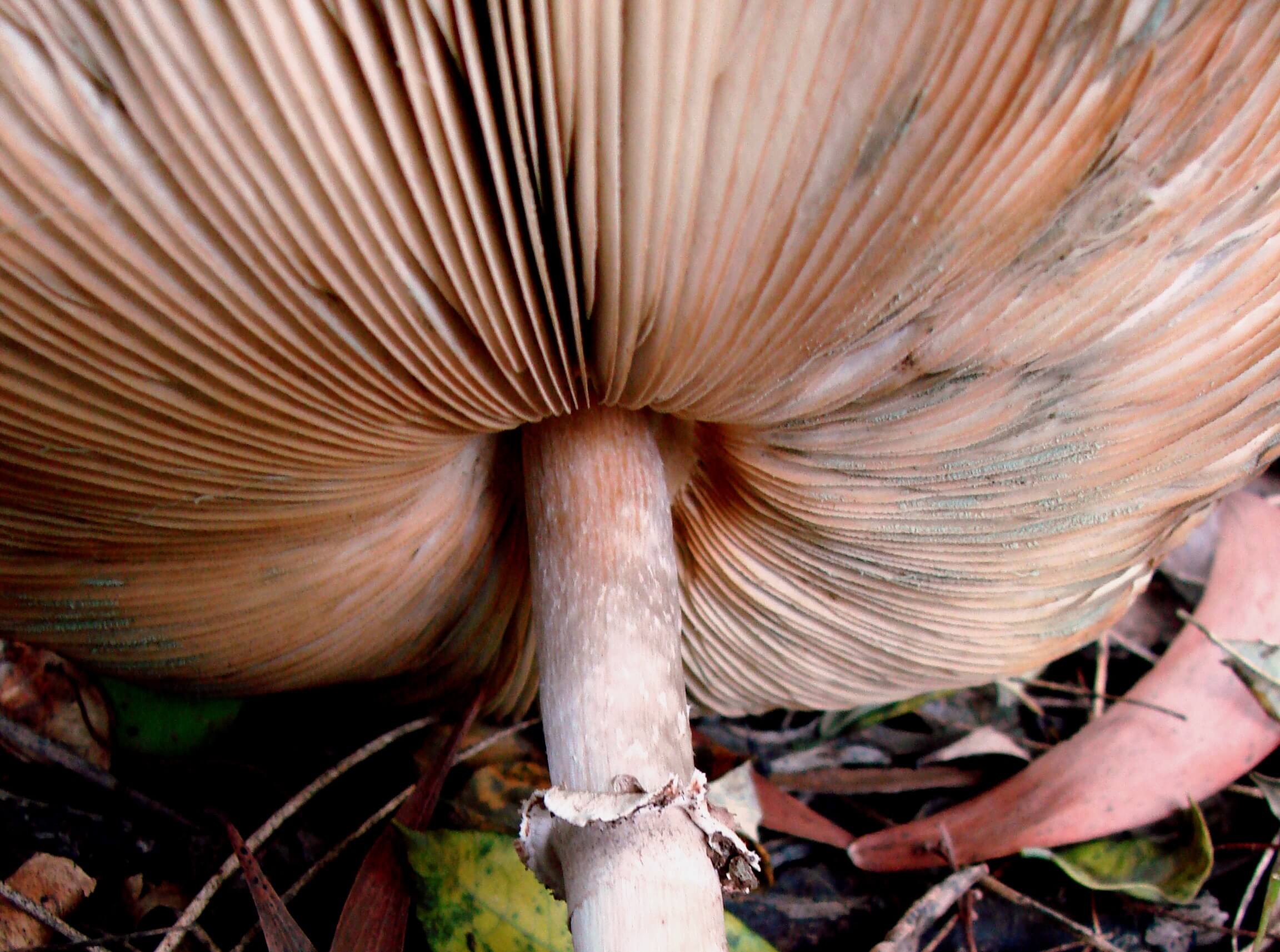
WHAT ARE FUNGI?
Fungi (Singular – fungus) are usually multicellular eukaryotic heterotrophs and not plants. Till early 20th century, fungi were classified under Plant Kingdom for many years. The definition of fungi has changed several times. Initially it was defined as the plants that did not have stems, roots, leaves and chlorophyll. Later on it was defined as nucleated, achlorophyllous organisms which typically reproduce sexually and asexually, and its filamentous branched somatic structures are surrounded by cell walls. The cell wall is made up of chitin and not of cellulose. Fungi can be single celled or complex multicellular organisms. Now, Fungi are placed in their own Kingdom. It is called a hidden kingdom because the part of the fungus that we see is only the fruit of the organism; whereas, the living body of the fungus is a mycelium (a web of tiny filaments) called hyphae. This mycelium is usually hidden in the soil, in wood, or another food source. The mycelium may occupy several acre of land or a single ant. The hyphae web usually grow unseen on subsurface area. They are only visible once they develop fruiting bodies in the form of mushrooms, puffballs, truffles, brackets, cups, birds’ nests, corals or other. They almost occupy every habitat, but most of them are terrestrial mainly in soil or on plant material. They degrade the complex dead organic materials into simple inorganic material thereby helps in cycling of carbon and other elements. The fungi that helps in degradation/decomposition are called decomposers or saprobes. Some are parasites of plants causing diseases such as mildews, rusts, scabs or canker. However, some fungi have symbiotic association with photosynthetic algae or bacteria and with plant roots too. Fungi are subdivided on the basis of their life cycles, the presence or structure of their fruiting body and the arrangement of and type of spores (reproductive or distributional cells) they produce.
| Sr. No. | Botanical Name | Common Name | Family | Habit |
|---|---|---|---|---|
| 1 | Podaxis pistillaris | False shaggy mane | Podaxaceae | Deserts and semi-deserts |
| 2 | Hexagonia caperata | Wood rotting fungus | Polyporaceae | Forest floors or on dead logs |

